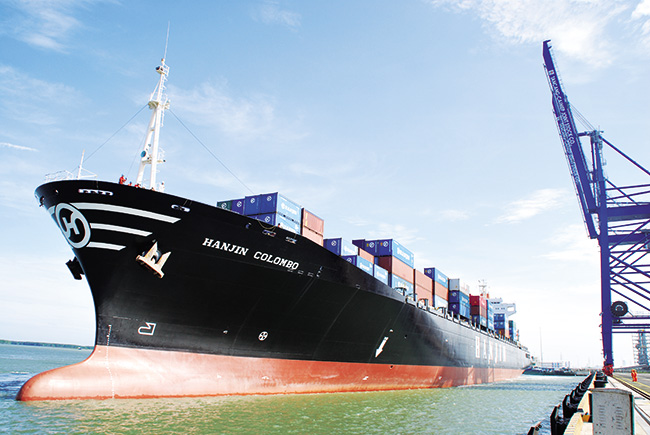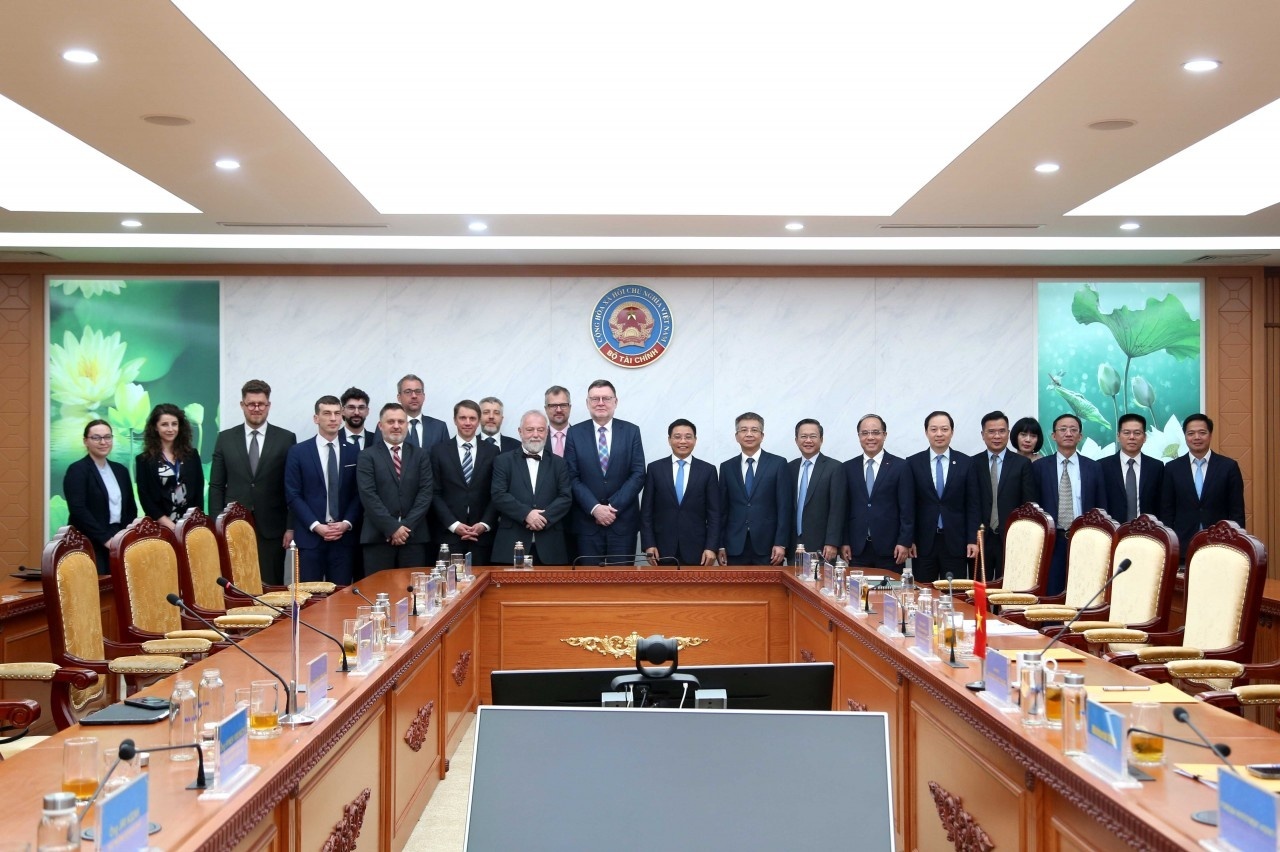Cai Mep-Thi Vai port improvement
 |
| Several operators have called for the government’s help to revitalise the port complex-Photo: Le Toan |
At a meeting with the local authorities in early July, Minister of Transport Truong Quang Nghia agreed with proposals from the province’s leaders concerning the addition of some dry port locations, the building of a logistics centre, and the construction of the Bien Hoa-Vung Tau expressway, connecting the Cai Mep-Thi Vai port complex to the southern economic hub and nearby provinces.
“Soon the Ministry of Transport (MoT) and the Central Economic Commission of the Communist Party of Vietnam will have a specific working programme with the local authorities before deciding what the most efficient measures to improve the local ports’ competitiveness may be,” Nghia noted. “In addition, we will dredge to increase the channel depth from 14 metres to 15.5 metres in the near future, to facilitate larger vessels.”
As the only port complex in Vietnam shipping goods directly to the EU and America, the Cai Mep-Thi Vai port complex has 17 operational terminals. However, “the Cai Mep-Thi Vai port complex is like a beautiful house with no proper entrances,” said Secretary of the Ba Ria-Vung Tau Party Committee Nguyen Hong Linh.
“The sooner the Bien Hoa-Vung Tau expressway is developed the more product volume the port complex can receive,” added Nguyen Van Trinh, Chairman of the Ba Ria-Vung Tau People’s Committee, proposing that the MoT invest in the Bien Hoa-Tan Thanh route in the short term and then enlarge to Vung Tau at a later date.
For years, underdeveloped infrastructure and logistics service shortcomings have remained the biggest problems facing several joint venture ports, namely SSIT, a joint venture between Vinalines and Carrix/SSA, SP-PSA (a joint venture of Vinalines and Singaporean PSA), and CMIT (a joint venture of Vinalines and Danish company APMT). These ongoing problems have made the Cai Mep-Thi Vai port complex less attractive to transport firms.
“It is costly to transport goods from Ho Chi Minh City or the southern province of Binh Duong to Cai Mep-Thi Vai, as the complex does not have yards available for empty containers, forcing enterprises to bring their goods to Cat Lai port in Ho Chi Minh City instead,” said Nguyen Thanh Tam, deputy director of Ho Chi Minh City-based company InterLog.
It costs up to VND4.3 million (around $192) to transport goods on a 40-kilometre section from Dong Nai’s Nhon Trach district to Cai Mep-Thi Vai, but only VND3.3 million ($150.6) to bring goods 80 kilometres from Nhon Trach to Cat Lai.
In addition, transporting goods to other Asian countries from Cai Mep-Thi Vai takes over ten days, compared to only three days from Cat Lai port in Ho Chi Minh City, leading enterprises to avoid Cai Mep-Thi Vai altogether, he added.
Another big concern facing foreign joint venture ports is shortfalls in comprehensive and sustainable port master planning and development. This problem is yet to be solved.
According to an official at a joint venture port, the Cai Mep-Thi Vai port complex is moving cargo lower than its design capacity, this is due to competition from ports in Ho Chi Minh City and Binh Duong. The expansions of Phu Huu and Hiep Phuoc ports have caused further difficulties for the joint venture ports in Cai Mep-Thi Vai.
After years of trouble attracting cargo, Cai Mep-Thi Vai saw growth of 44 per cent of volume in the first six months of this year, with the number of over 100,000 dead weight tonnage vessels increasing, according to the MoT. It was expected that the volume of goods through this port complex would pass 80 million tonnes by late 2016.
What the stars mean:
★ Poor ★ ★ Promising ★★★ Good ★★★★ Very good ★★★★★ Exceptional
Latest News
More News
- CK Life Sciences' Cancer Vaccine Shows Promise Ahead of AACR 2025 Presentation (April 23, 2025 | 09:49)
- Singapore Cybersecurity Firms Lead with AI and Quantum Solutions to Tackle Global Threats (April 23, 2025 | 09:24)
- Searefico targets breakthrough growth in 2025 (April 22, 2025 | 17:20)
- Private capital poised to power a $1.1 trillion economy (April 22, 2025 | 17:16)
- China's CATL launches new EV sodium battery (April 22, 2025 | 11:14)
- Aramco and BYD unveil car technology alliance (April 22, 2025 | 11:09)
- US to impose new duties on solar imports from Southeast Asia (April 22, 2025 | 10:48)
- VinFast Delivers 400 VF 3 Vehicles in Indonesia Within Two Months of Launch (April 22, 2025 | 08:52)
- JustMarkets Launches Beginner-Friendly Trading Guide for New Investors (April 22, 2025 | 08:45)
- Chubb Names Janene Blizzard as New Head of Accident & Health for Asia Pacific (April 22, 2025 | 08:38)















 Mobile Version
Mobile Version